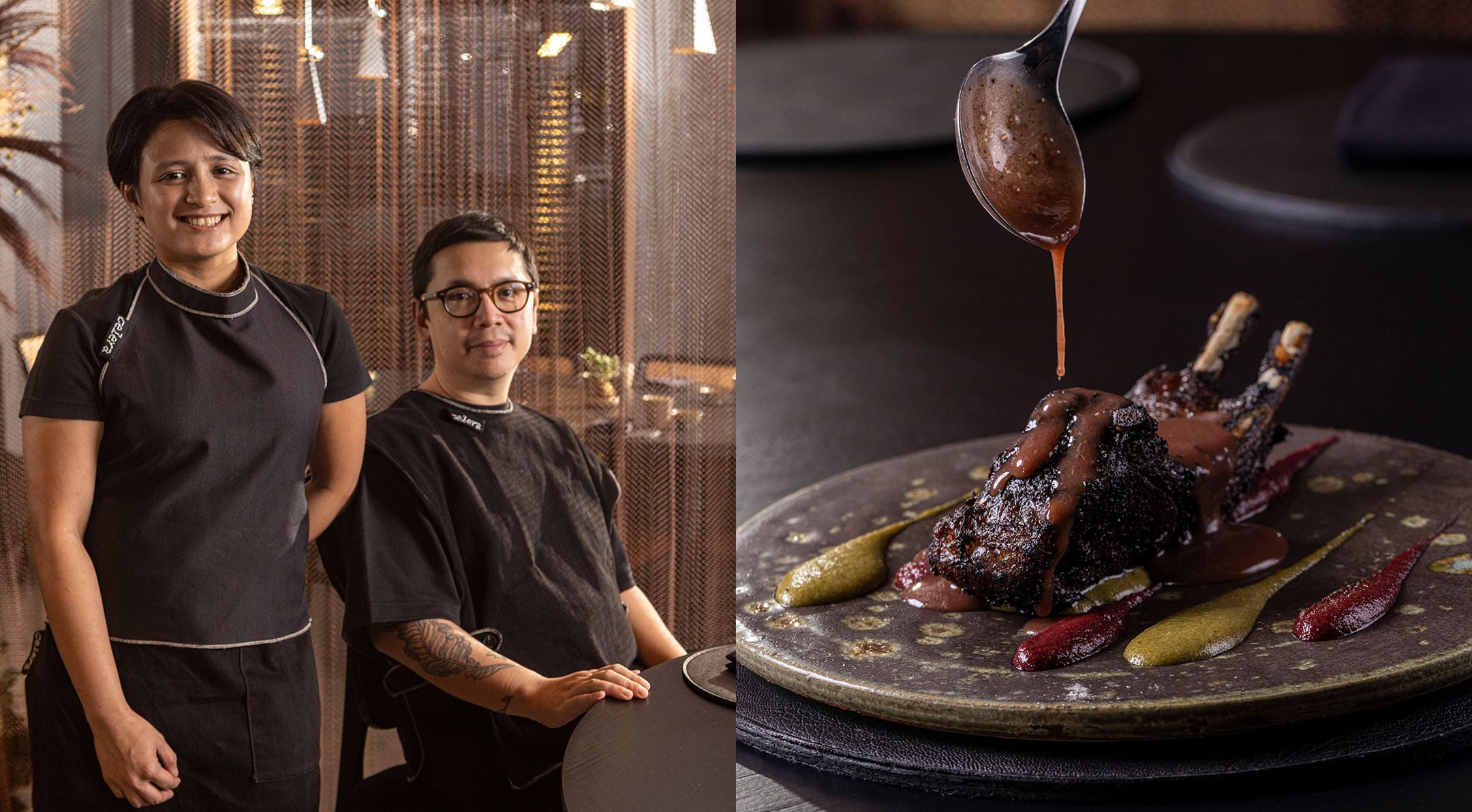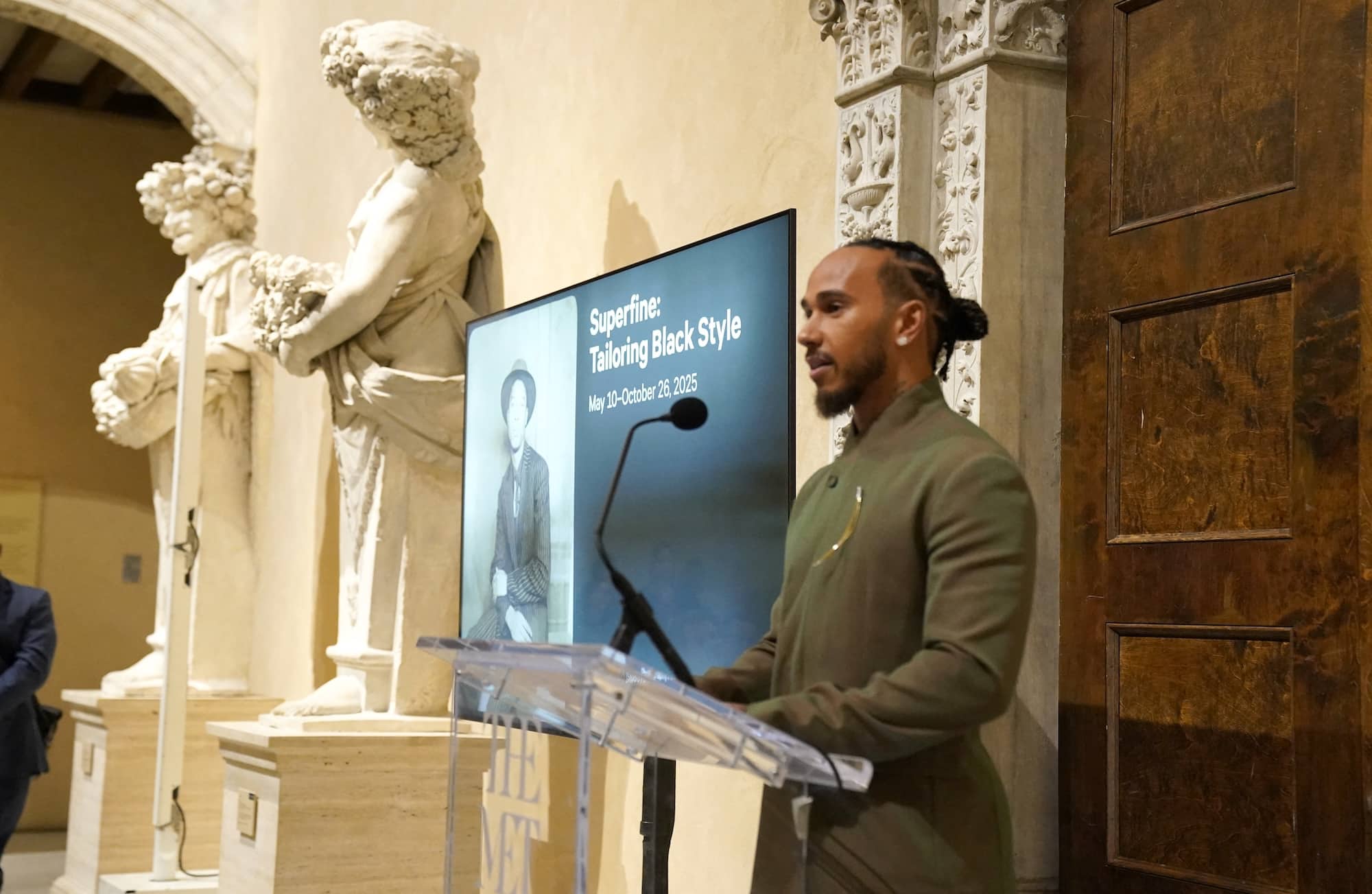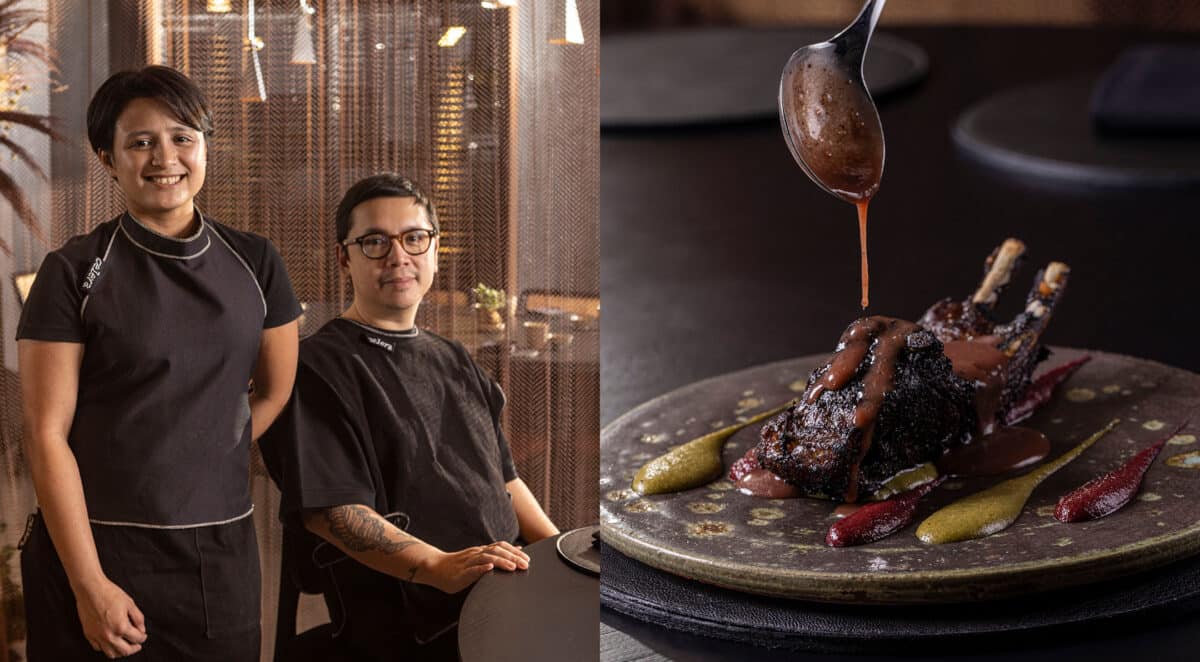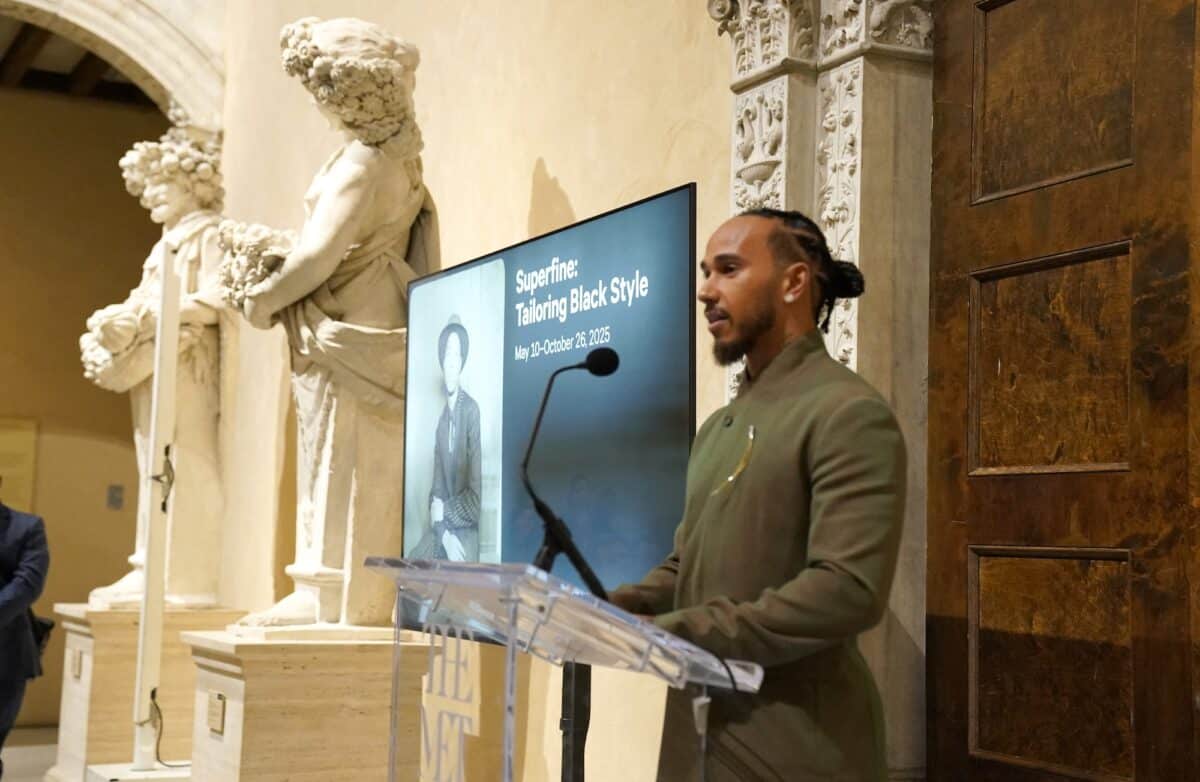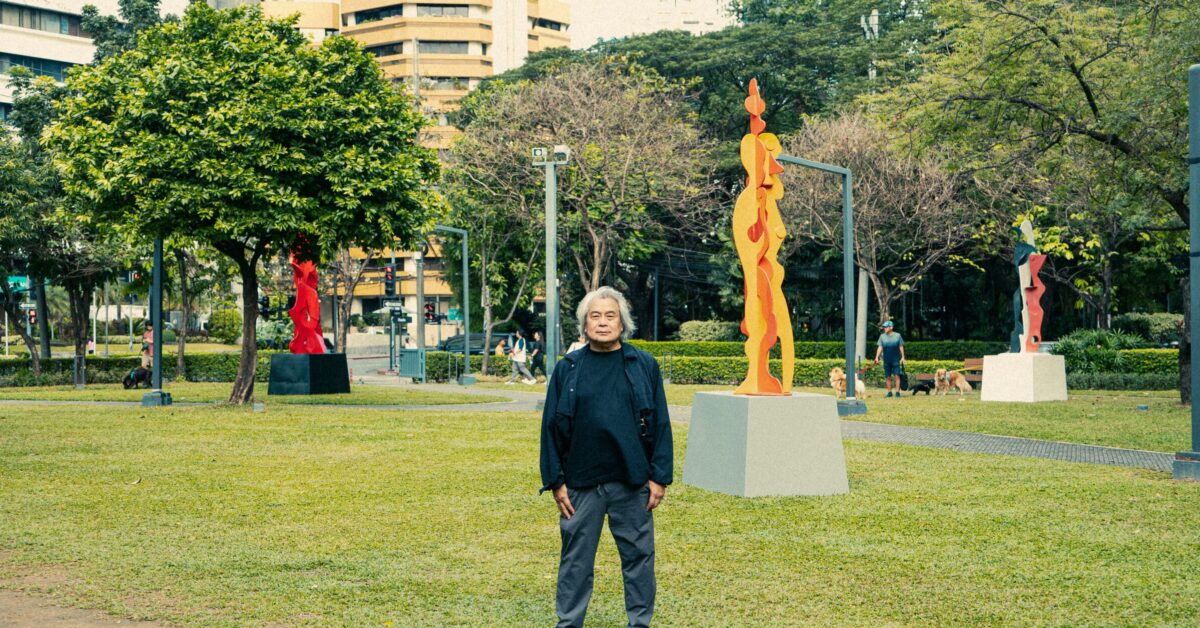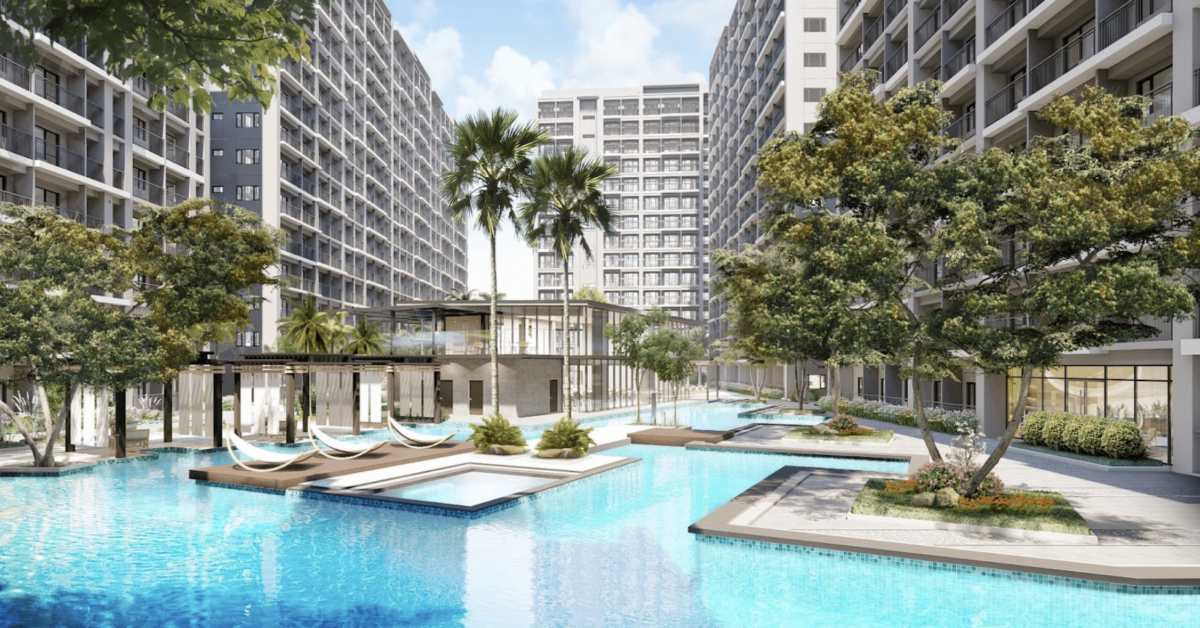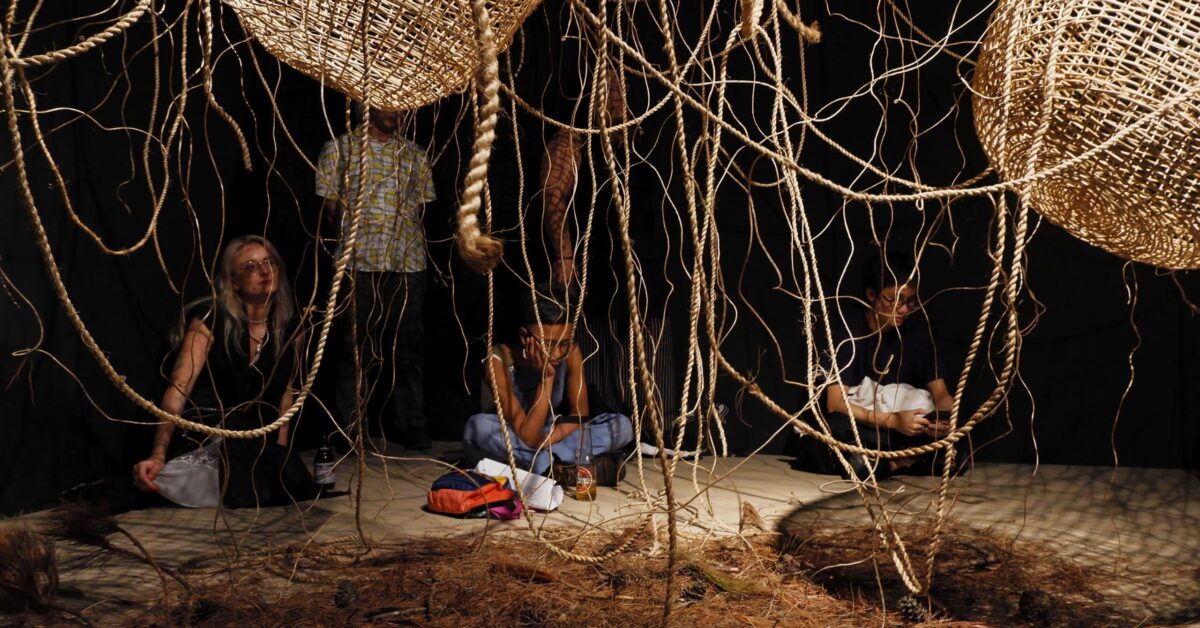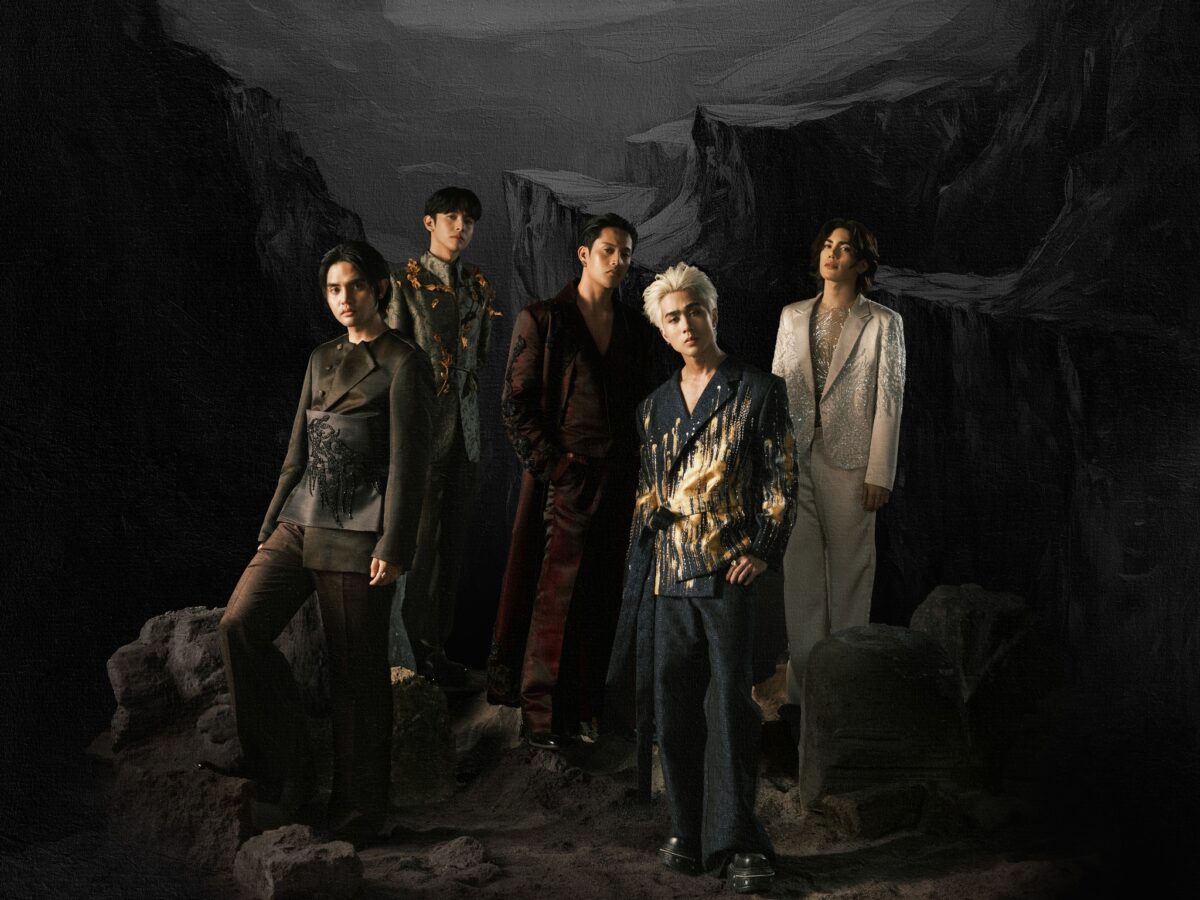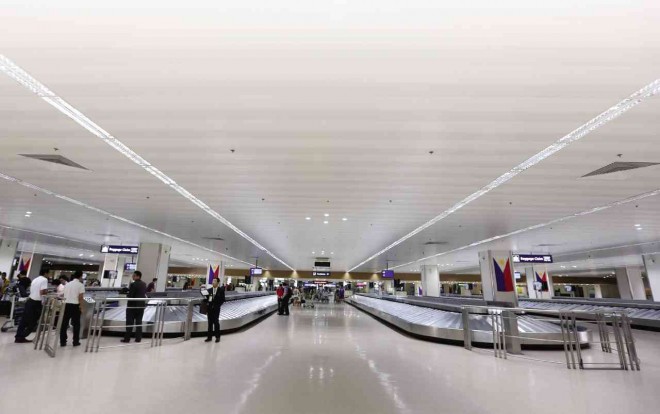
in the arrival area. PHOTOS BY JOAN BONDOC
Dante Basanta will never forget the day a balikbayan approached him to ask if the plane that brought him back to Manila landed at the right airport.
Basanta, manager of Terminal 1 of the Ninoy Aquino International Airport (Naia), said the male passenger was quite alarmed because he seemed to have landed in the wrong one.
The passenger noted that the spaces where the immigration booths and baggage carousels are located appeared wider. The floors are also cleaner, the ceilings brighter, and the bathrooms have toilet paper.
After the airport manager assured that he was really in Naia Terminal 1, “napa-wow siya,” Basanta recalls.
Improvements in the once-notorious airport terminal began in January 2014 and are supposed to be completed this July. This soon, however, efforts to reboot the erstwhile “Worst Airport in the World” are already obvious.
All temporary or makeshift structures in the head house and concourse areas that either blocked foot traffic or the view of the runway outside have been demolished.
These include several branches of commercial banks at both arrival and departure areas.
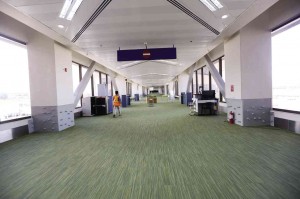
1970s.
The “day rooms” where passengers with connecting flights to Guam can freshen up while waiting at the arrival area were moved to a higher floor with less foot traffic.
At the departure area, the Duty Free store in front of the old Philippine National Police (PNP) satellite office was pushed back to create more walking space. The PNP office now sits outside the terminal building.
Several concession stands that blocked the view of the Naia runway in the head house area leading to the boarding gates were replaced with coffee shops and a convenience store that Basanta said was designed by architect Felino Palafox, Jr.
Basanta said the clearing operations encouraged more luxury stores to put up shops at the Duty Free area.
The Department of Justice satellite offices in the east and west concourses where immigration officers hung out during shifts was dismantled to create a brighter and more spacious queuing area for locals and foreigners leaving Manila.
Monochromatic look
The airport now has a more monochromatic look. The yellow check-in counters were repainted white.
Ancient, graying Acutherm boards that used to cover the ceilings were pulled out and replaced with metal ones.
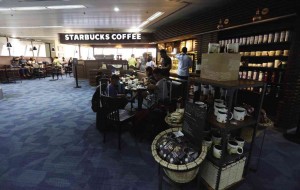
opaque covers so passengers can see the runway activity.
Buckling resistant braces (BRBs) meant to reinforce weak spots have been installed and painted a metallic hue to blend with the neutral interiors.
Only the carpets provide color—light green to welcome arrivals and blue to bid goodbye to those leaving.
Basanta points to the handcarved wood that decorates the ceiling of the check-in area.
Over the years, dirt and pollution concealed its natural patina, forcing previous airport administrations to paint it a dark brown to minimize upkeep. The new Manila International Airport Authority (Miaa) under general manager José Angel A. Honrado decided to take off the chocolate paint, and voilà!
Basanta said four old air chillers were taken out and replaced with new units.
“Construction company DMCI replaced all air handling units inside Terminal 1 with new ones. Ngayon ang reklamo naman sobrang lamig,” he notes.

manager José Angel Honrado.
Naia Terminal 1’s construction began in 1979. Its last makeover was in 1995, and was purely cosmetic.
The Philippines was hosting the 1996 Asia-Pacific Economic Conference then and President Fidel Ramos wanted a more presentable airport for the likes of his US counterpart Bill Clinton.
General manager Honrado notes, however, that the tweaks were mostly limited to retrofitting of the bridges.
Basanta adds that the Naia then also lengthened the baggage carousels at the arrival area and put in more check-in counters for APEC delegates.
Shortly after his appointment in July 2010, Honrado commissioned an inspection to determine what needed to be repaired, reinforced or replaced.
A report handed over in 2011 grouped the necessary improvements or retrofitting into three parts—structural, mechanical and architectural. News reports said the improvements cost P1.3 billion.
Workers pried open the airport’s roof and discovered that more work needed to be done. This set the project back six months, since blueprint drawings for the improvements had to be
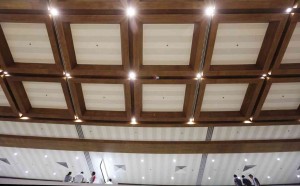
ceiling that was stripped of dark-brown paint.
redone.
Basanta tells Inquirer Lifestyle that the late architect Leandro V. Locsin, National Artist for Architecture, designed an airport that could accommodate only between four and five million passengers annually.
He adds that under current laws, any government building designed by a national artist cannot be renovated at whim. This does not make it easy to expand Terminal 1.
To illustrate the degree of congestion, Honrado stresses that as of 2011, Terminal 1 accommodated 8.4 million passengers.
“The worst time is between 10 p.m. and 1:30 a.m. when the flights of major airlines arrive. We cannot simply reschedule this because we would need to coordinate flights from the point of origin,” Honrado says.
One Honrado initiative done last year was to relocate the flights of five major airlines, including Delta, Singapore, Emirates, Cathay Pacific and KLM, from Terminal 1 to Terminal 3 of Naia.
Basanta said that from an arrival rate of 11,000 passengers daily, the figure is now down to 7,350. Departures also dropped from 12,000 to 8,000 daily.
Honrado assigned more janitors to man the toilets. Early in his Miaa stint, Honrado discovered that the toilets were dirty after three flight arrivals because only one janitor was assigned to clean both male and female toilets at his or her station.
More janitors
“A male janitor would be hesitant to enter the women’s bathroom to replenish the toilet paper and clean the toilets because he cannot close it down while passengers are using it. The same goes for female janitors and men’s rooms,” he said in Filipino. Honrado’s solution was simple: add janitors to man the rest rooms based on gender.
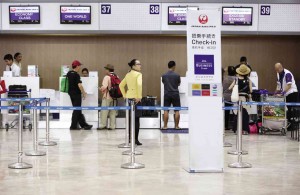
When the Commission on Audit raised an eyebrow over the sudden spike in janitorial employment, Honrado lashed back: “Anong gusto n’yo, mabaho o malinis na banyo? Dinagdagan ko ang janitors. Gusto n’yo tanggalin natin ulit? It’s a simple issue of manpower.” He never heard another word.
This is probably one of the reasons Honrado looked peeved when asked about the unwanted distinction given Terminal 1 a few years back.
“Sinong nagsulat n’yan? Not a travel magazine but a website called sleepinginairports.net. Nobody knows who that guy is, what methodology he used. How many people were surveyed? What questions were they asked?” he says.
He recalls that complaints about dirty toilets, the lack of showers and seats that could not accommodate those who want to sleep were among the top complaints.
“Manila is a final destination airport. Except for those few going to Guam, there are no connecting flights. Those (who complained) talked about lack of showers. Terminal 1 has day rooms pero may bayad. They want free (showers),” he says.
Honrado also finds it funny that those quoted by the website were looking for seats for sleeping. “Seats are meant to sit on.”
Honrado adds it is difficult to compete with people’s old memories of how Terminal 1 once was. He mentions a newspaper columnist who wrote about his/her ghastly experience at the airport, failing to mention that this happened years ago.
“He never left the country. He was probably writing from memory, not writing as Naia is now. So where was he coming from?” Honrado asks.
Terminal 1 began operations in 1981. Neighboring airports like those in Singapore, Hong Kong and South Korea were built in the 2000s. Comparisons, therefore, are “unfortunate.”
So what about the recent report of heavy rain inside Terminal 1 that had passengers scurrying for umbrellas?
Another unfortunate incident, Basanta relates. Contractor DMCI was engaged in retrofitting work on the concrete slabs above the concourses, and the waterproofing membrane that protects the roof had to be removed so DMCI could proceed with chipping off the concrete slab, pouring concrete and applying the carbon fiber reinforced polymer on the roof.
“The rainfall volume that time was unexpected; one hour of continuous water caused an overflow. But it was an unfortunate and isolated incident,” Basanta says.
Honrado would rather that people observe instead of judging, especially since the airport administration is doing its best given the space constraints and an overflow of passengers.
One time the airport’s aged water pipes burst, causing a water interruption. The former Air Force officer lost no time ordering his men to put buckets and water dippers in the comfort rooms as a back-up measure.
“It was an emergency procedure but people would not see that. They would rather say, ‘walang tubig at nagtatabo-tabo,’” he notes.
It’s the same thing for ongoing work at the airport. “Before the retrofitting, we announced that there would be inconvenience, disturbance. People would complain about the noise, the dust, the heat. Can we replace the air handling units if we don’t take them out?
“The roof leaks while undergoing repair, sasabihin, ‘kabago-bago tumulo.’ Eh, ongoing works, eh. But they will not listen to explanations.”
The Miaa chief says it would be impossible for the airport to deliver “instantaneous changes.”
His final word on toilets: “We never promised new toilets, we promised clean ones.”
RELATED VIDEOS


